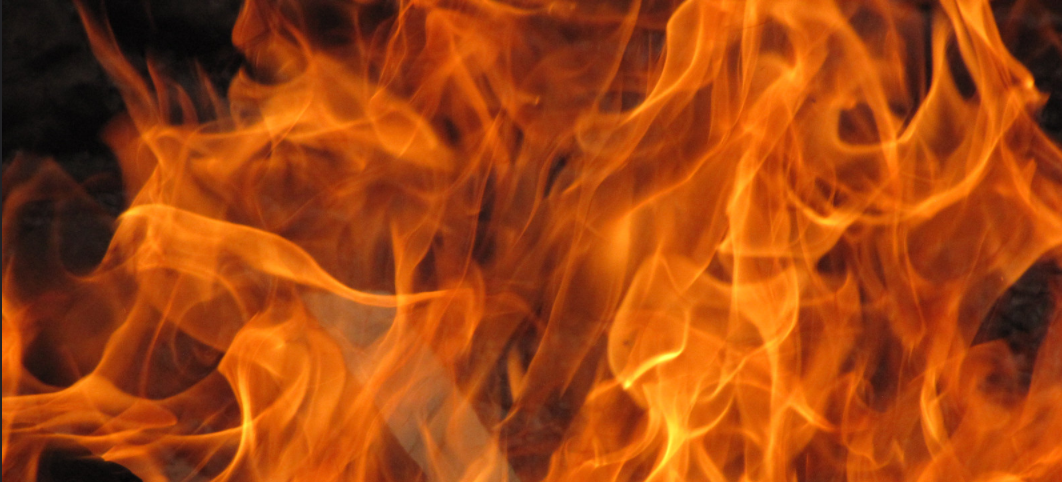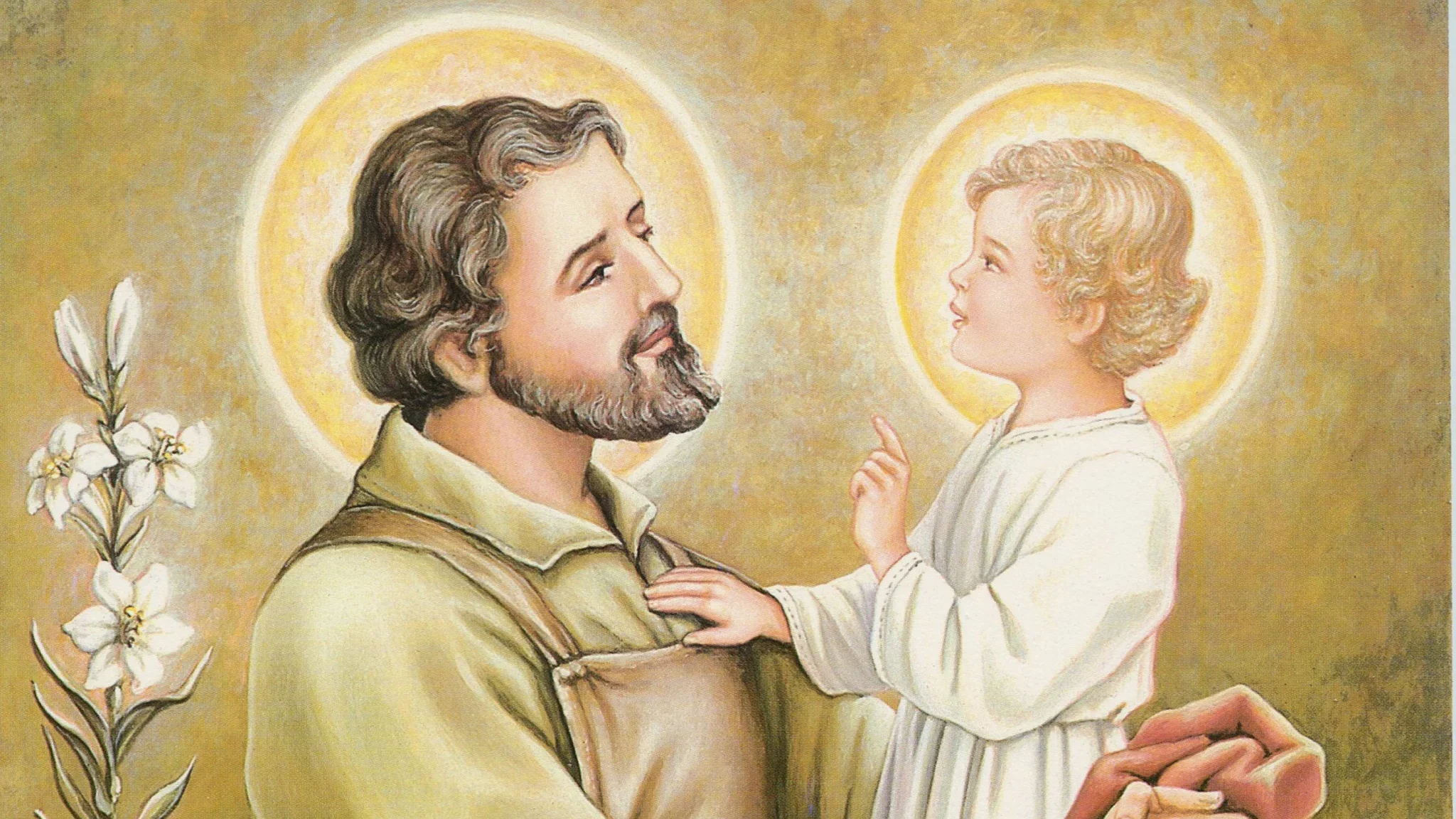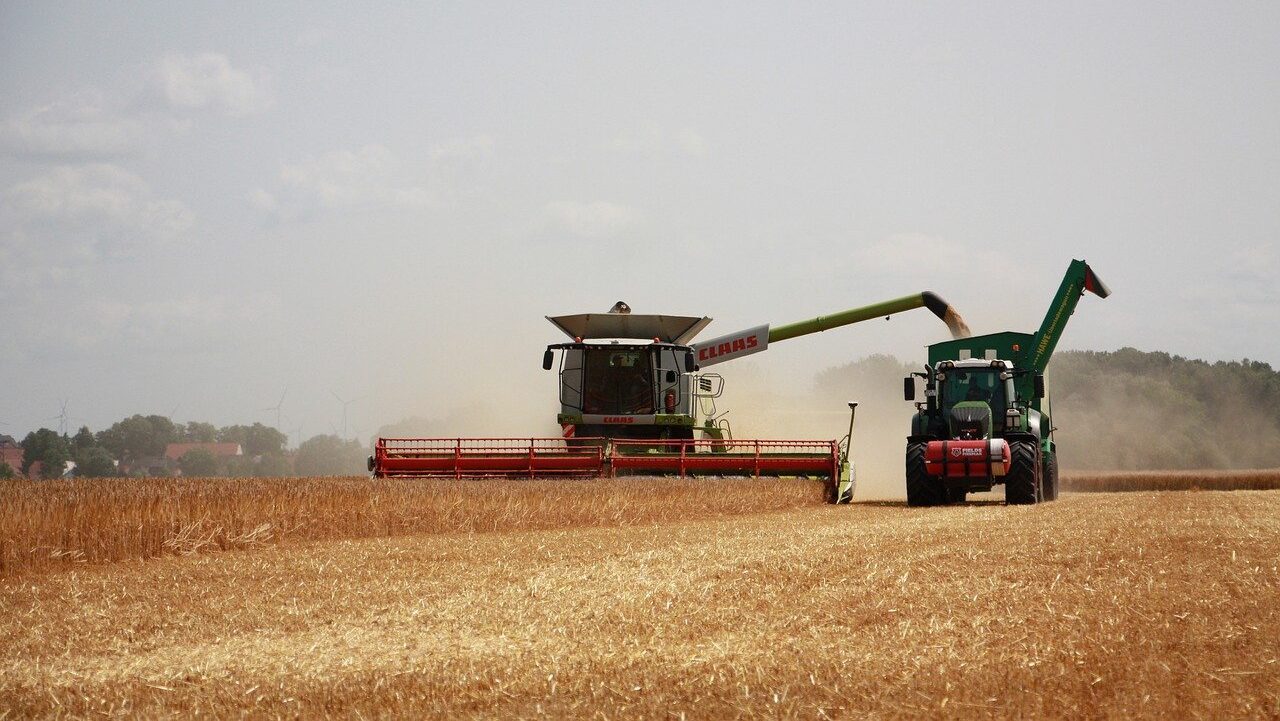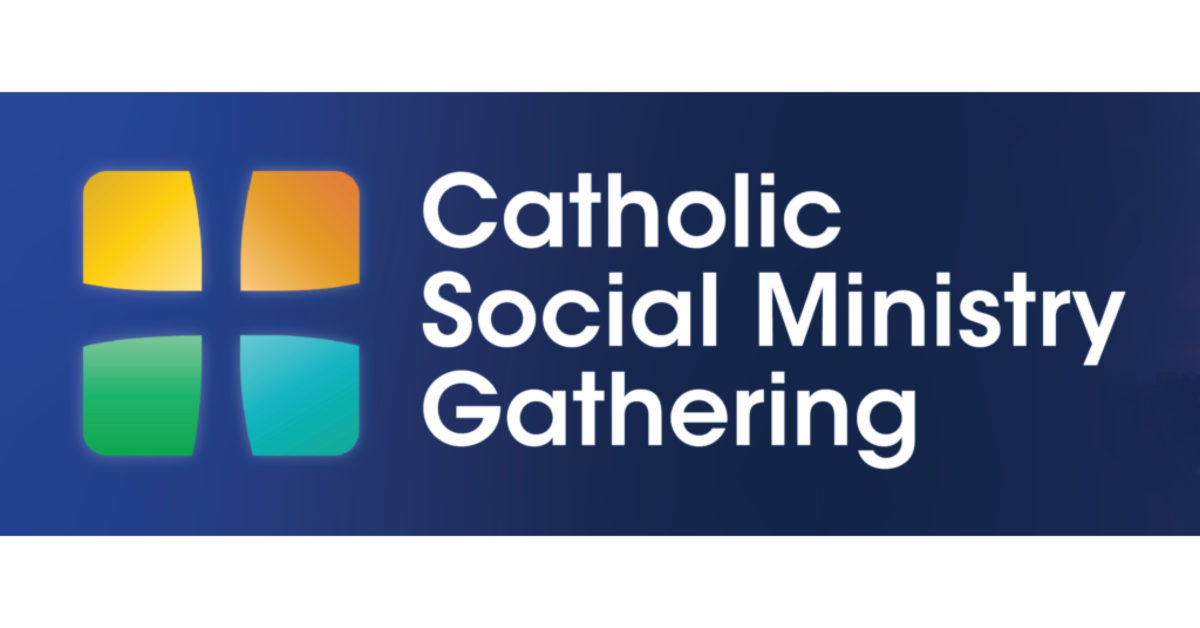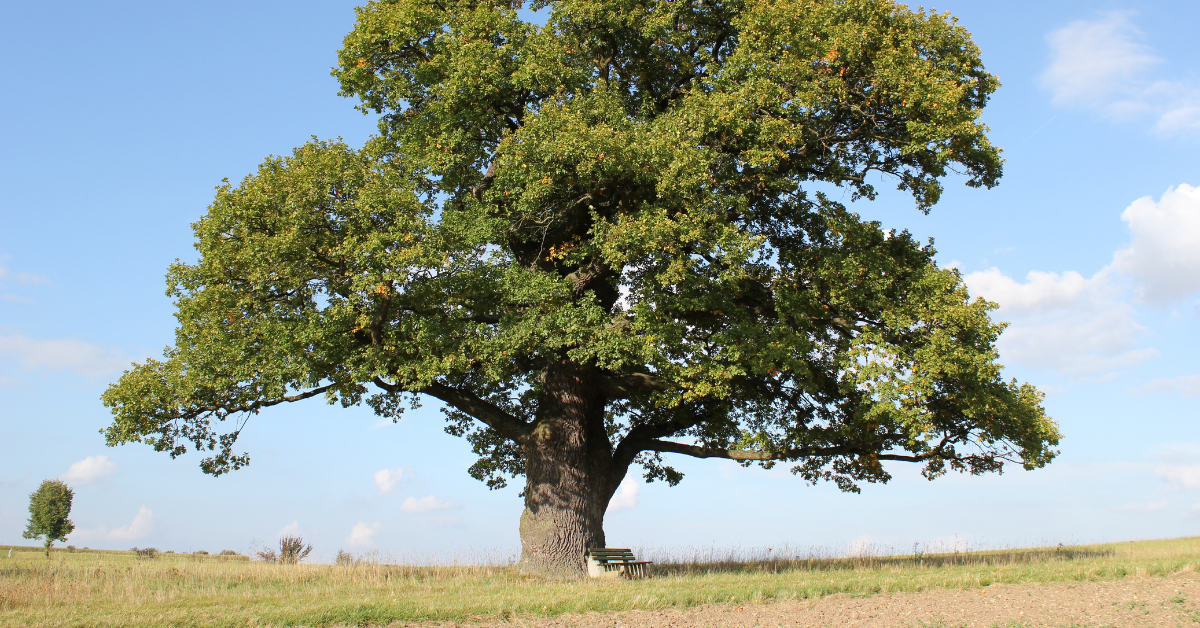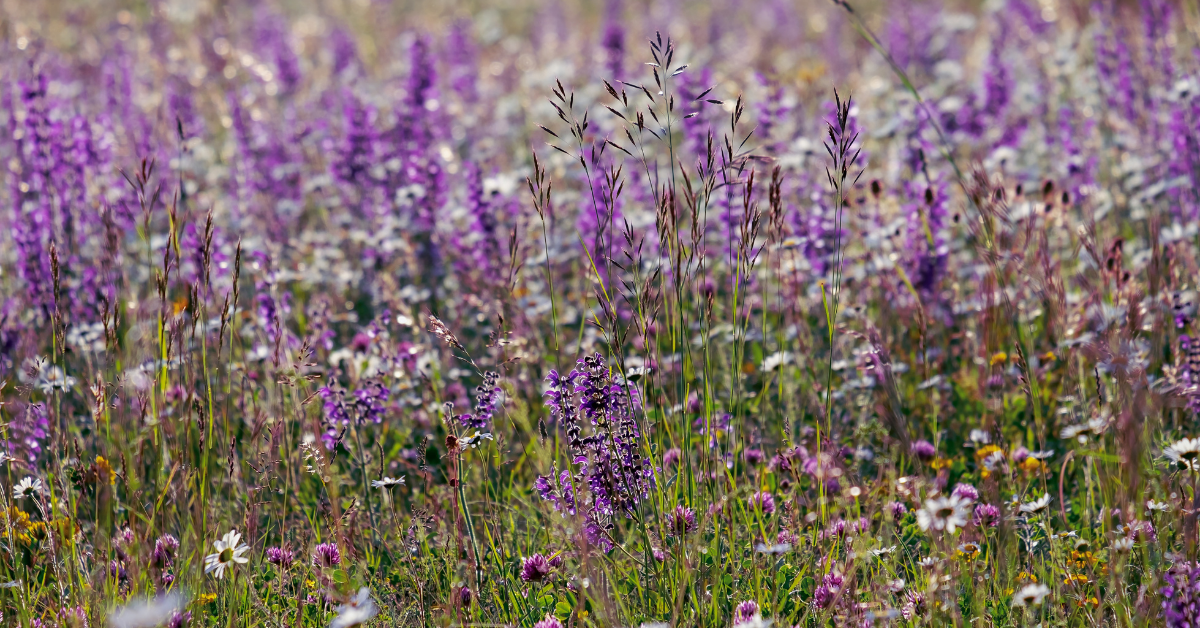The deadly wildfires that raced through several states in the Great Plains in early March are now fully contained, but relief efforts for farmers and ranchers are still underway.
Tom and Jo Murphy, members of Catholic Rural Life, were among the evacuees last week near Wilson Lake in north-central Kansas. Tom is the president of the Rural Life Commission in the Diocese of Salina. “The communities are all pulling together to help each other with moving cattle,” he said at the time, “and helping to stop fire where they can with tractors and disks.”
Besides areas in Kansas, parts of Colorado, Oklahoma and the Texas Panhandle were the hardest hit by the wildfires, “which were so intense and large that they could be spotted by satellites,” according to reports from The Weather Channel.
We continue to keep all those affected by the wildfires, and other severe weather throughout the nation, in our thoughts and prayers. We also are grateful to hear that livestock producers are continuing to come together and help one another, as they have many times in the past when weather-related crises hit.
Notably, the National Cattlemen’s Beef Association has provided a list of contacts helping with fire relief efforts in each of the affected states.
The American Red Cross reports that their “disaster teams are hard at work coordinating relief efforts in partnership with government and community leaders and delivering necessary resources for those in need.”
The Red Cross provides shelter, meals and emotional support to those affected. Evacuees not staying in the shelters can access food, water and cleaning supplies by visiting the shelters. Click here to learn more.
The deadly wildfires that burned across the four Plains states spread rapidly due to high winds. This forced thousands to evacuate and contributing to the deaths of six people.
The record-breaking wildfires are consistent with the long-term increasing wildfire activity observed in the western U.S. grasslands. According to Climate Signals, a digital science platform for cataloging and mapping such occurrences, this recent activity is driven by climate change trends in the Great Plains region. Here’s more:
The frequency and intensity of wildfires in the Great Plains are increasing as the combination of higher temperatures, untamed underbrush and more extreme drought elevate wildfire risk.
Formal attribution work has identified the fingerprint of global warming in the record hot temperatures that swept across the U.S. east of the Rockies in February 2017, as climate change increased the likelihood of such heat by threefold. The heat fueled worsening drought conditions in the Great Plains region, contributing to the extreme fire conditions in early March that precipitated major blazes in Kansas, Oklahoma, Colorado, and Texas.
One blaze, encompassing Clark and Comanche counties along Kansas’ southern border with Oklahoma, is the largest wildfire on record in the state. The previous record was set just one year prior. Record-breaking events are a classic signal of climate change, as records tend to break when natural variation runs in the same direction as climate change, in this instance towards larger wildfires.
Here at Catholic Rural Life, we are reminded of an editorial in the Des Moines Register written a few years ago by Most Rev. Richard Pates, bishop of the Des Moines Diocese.
He recounted at the time that “the new National Climate Assessment says evidence of human-made climate change ‘continues to strengthen’ and that ‘Americans are noticing changes all around them.’”
“We who live in the nation’s breadbasket should be sensitive to the problem,” Bishop Pates went on to say. “The report says the Great Plains could experience heavier droughts and heat waves with increasing frequency, while more wildfires in the West could threaten agriculture and residential communities.”
In his pastoral voice, Bishop Pates reminded us at the time that loving care for God’s creation is implicit in the Christian message.
“The Book of Genesis in the Hebrew Bible, the first of God’s revelations to humans, presents the beautiful image of the garden and God’s appointment of the new humans as caretakers. In the New Testament, Jesus presents as a model his Father, who is aware of every sparrow that falls to the ground.
“The message is clear: We who have inherited this Earth are charged with carefully caring for it. Unfortunately, we haven’t always done a good job.”
